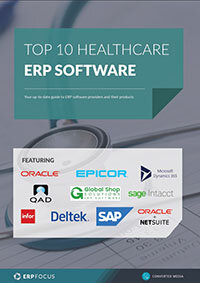A compliance checklist for medical manufacturing ERP
There are many ways ERP can help a medical manufacturer. Compliance is only one, but is a central element to success.
Here are seven compliance requirements your ERP should help your medical device manufacturing business meet:
1. Calibration
Measurement tools and devices help keep the products within tolerances assuring output that benefits customers. Those devices should be compared to standards regularly and adjusted or repaired whenever they become out of calibration. ERP operations might include a calibration check before any measurement. The asset management module of an ERP system also tracks repairs and calibrations on each tool.
2. Transportation and storage
Many medical devices need to be stored and moved carefully to ensure the products work as intended. If a device requires a unique tray during manufacture, that tray will be listed in the ERP bill of materials required for production. Operations where the product will be moved to a subsequent workstation will instruct employees to place the devices in the tray with a specific orientation to prepare for the movement.
3. GMP training
Production workers at a medical manufacturer should have ongoing training in good manufacturing processes to stay in FDA compliance. Their training records are a part of the ERP database and only currently trained and certified individuals will be scheduled for any production operation.
Guide: seven steps to selecting discrete manufacturing ERP
4. Supplier conformance
Regulatory compliance for medical manufacture extends to suppliers as well. ERP supplier management apps are used to list compliance requirements for suppliers and subcontractors. ERP also reminds the manufacturer when an updated certification or audit is required.
5. CAPA and audits
Corrective and preventative actions can be requested anywhere within or related to medical manufacturing. ERP quality management systems will track those requests from filing to finalization of the requested action. ERP makes the data available for later review internally or by outside regulators. FDA and other regulators also will conduct audits. Those audits can expose major or minor problems that require actions. ERP tracks those results and the actions taken to correct problems.
6. Containment of residue
Medical manufacturing processes might use hazardous materials. The processes might also create hazards as chemicals are mixed and processed. Hazards should not escape and present a risk to users of the medical device or compounds. Hazards to production workers also must be controlled. The ERP routing might require the use of laminar flow hoods or other safety systems in production. The results of sensors in production areas will be recorded by the ERP system. Quality inspections measure any residue remaining before any product is shipped to customers.
7. Data analysis
Use ERP business intelligence tools to track measurements and transactions and to analyze the collected data as needed to ensure compliance with any requirement from within the company to regulatory requests from outside.
Free white paper
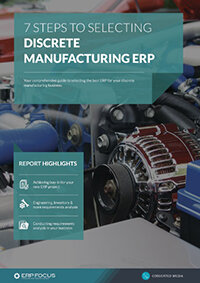
7 steps to selecting discrete manufacturing ERP
17 pages of ERP selection advice and industry requirements analysis
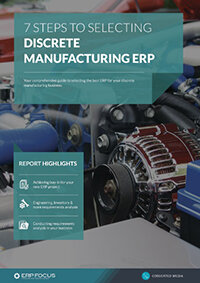
Featured white papers
Related articles
-
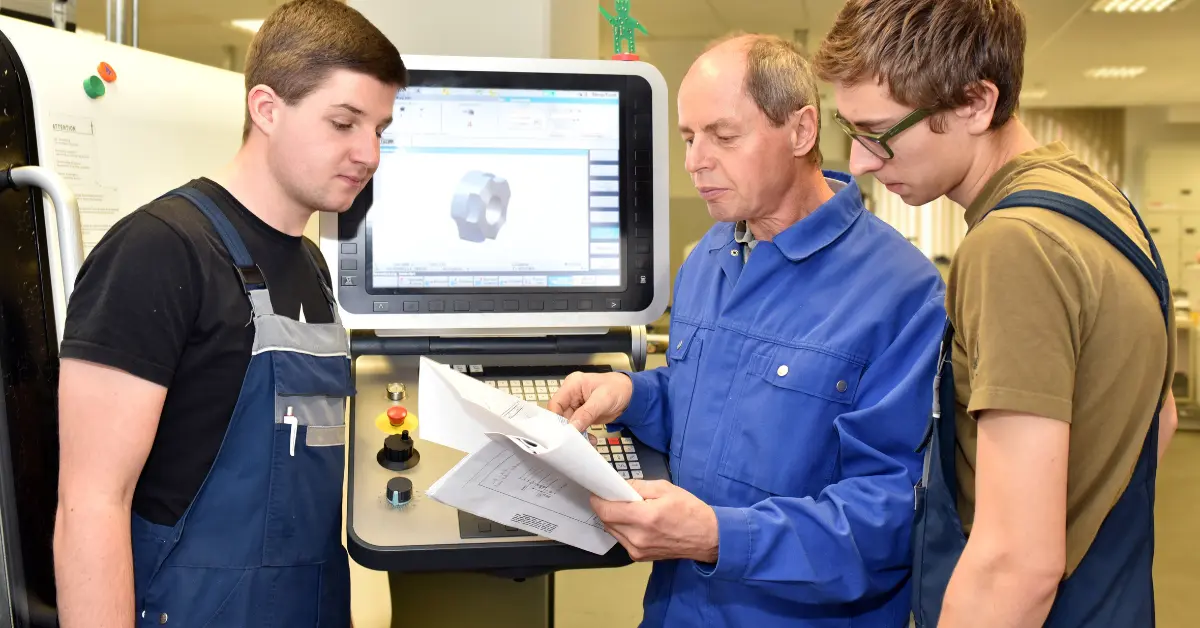
4 training tips for manufacturing ERP success
These four training tips will help your employees get the most out of your new manufacturing ERP ...
-

CMMC Compliance: What Aerospace and Defense Manufacturers Need to Know
Key insights on CMMC compliance, deadlines, and securing DoD contracts with CMMC 2.0 certificatio...
-
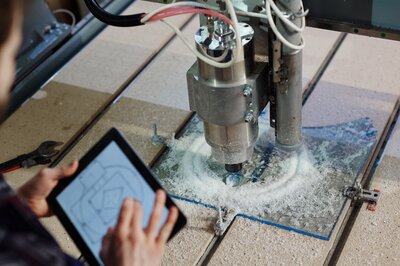
ERP for make-to-order manufacturing
How can ERP help your make-to-order manufacturing business thrive?




